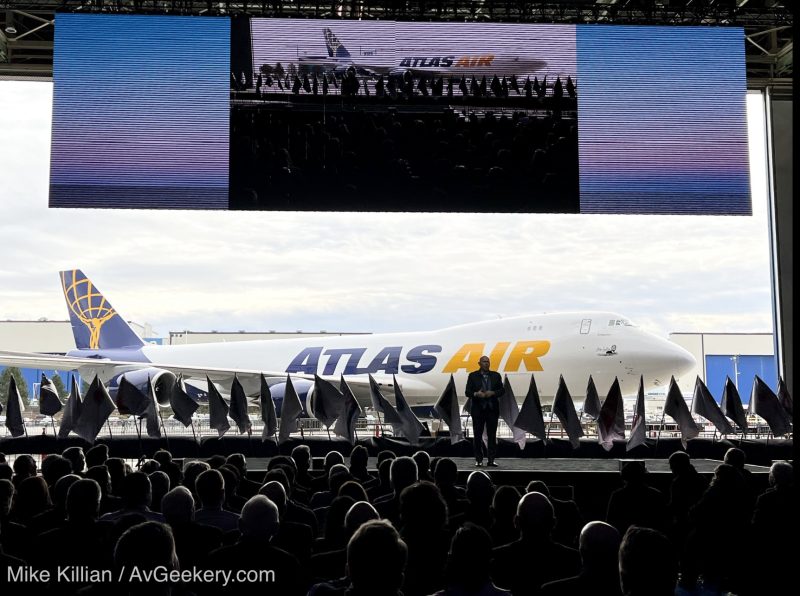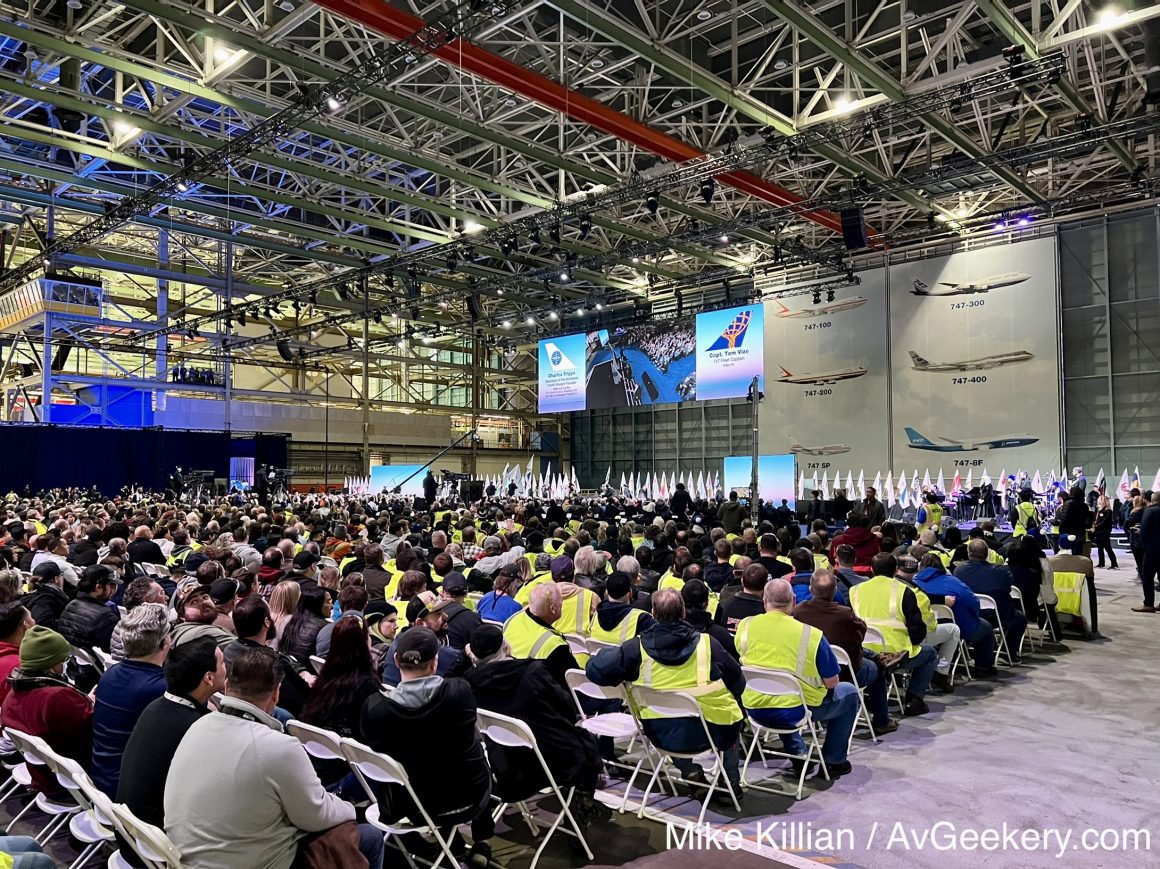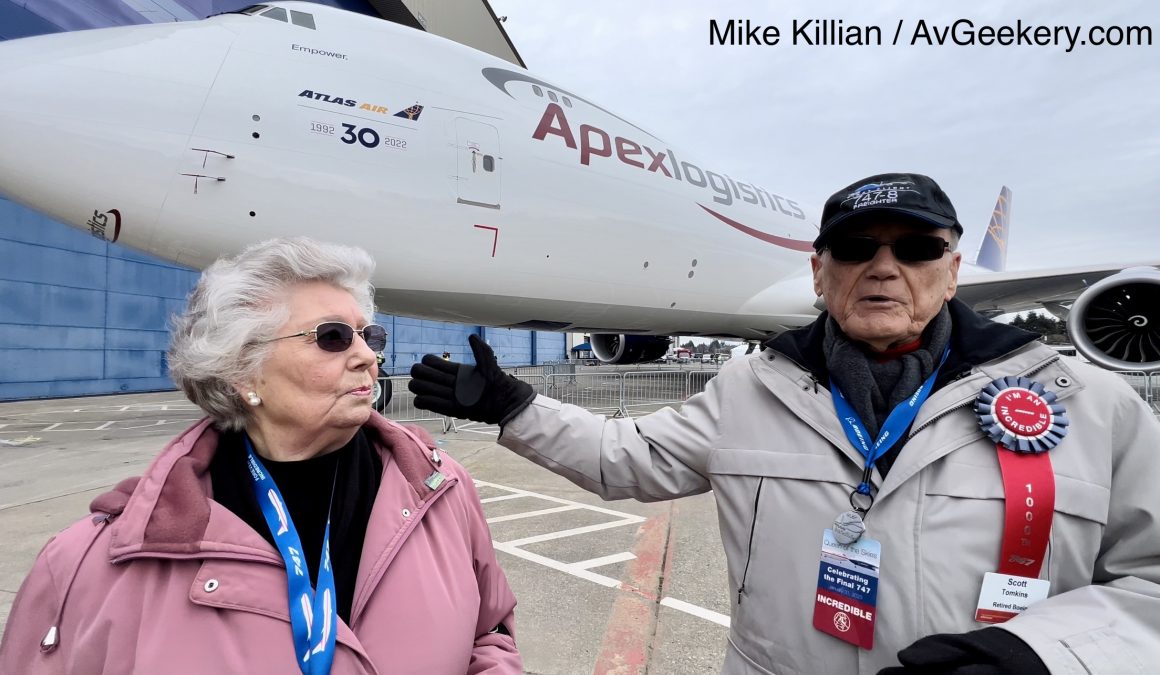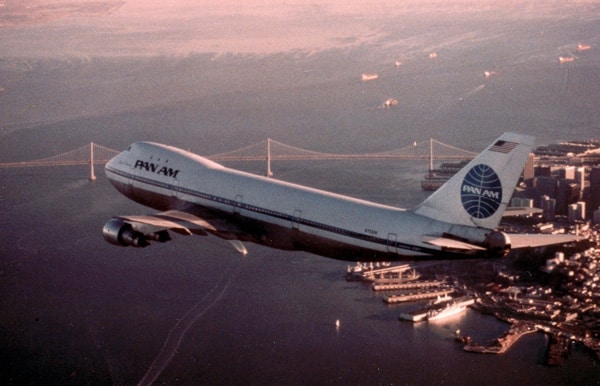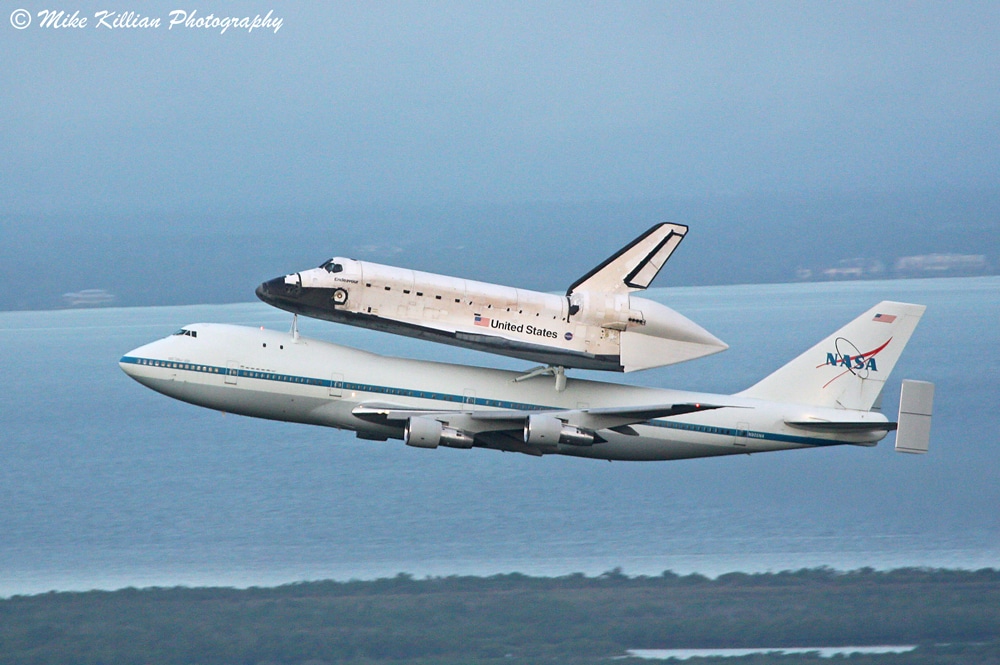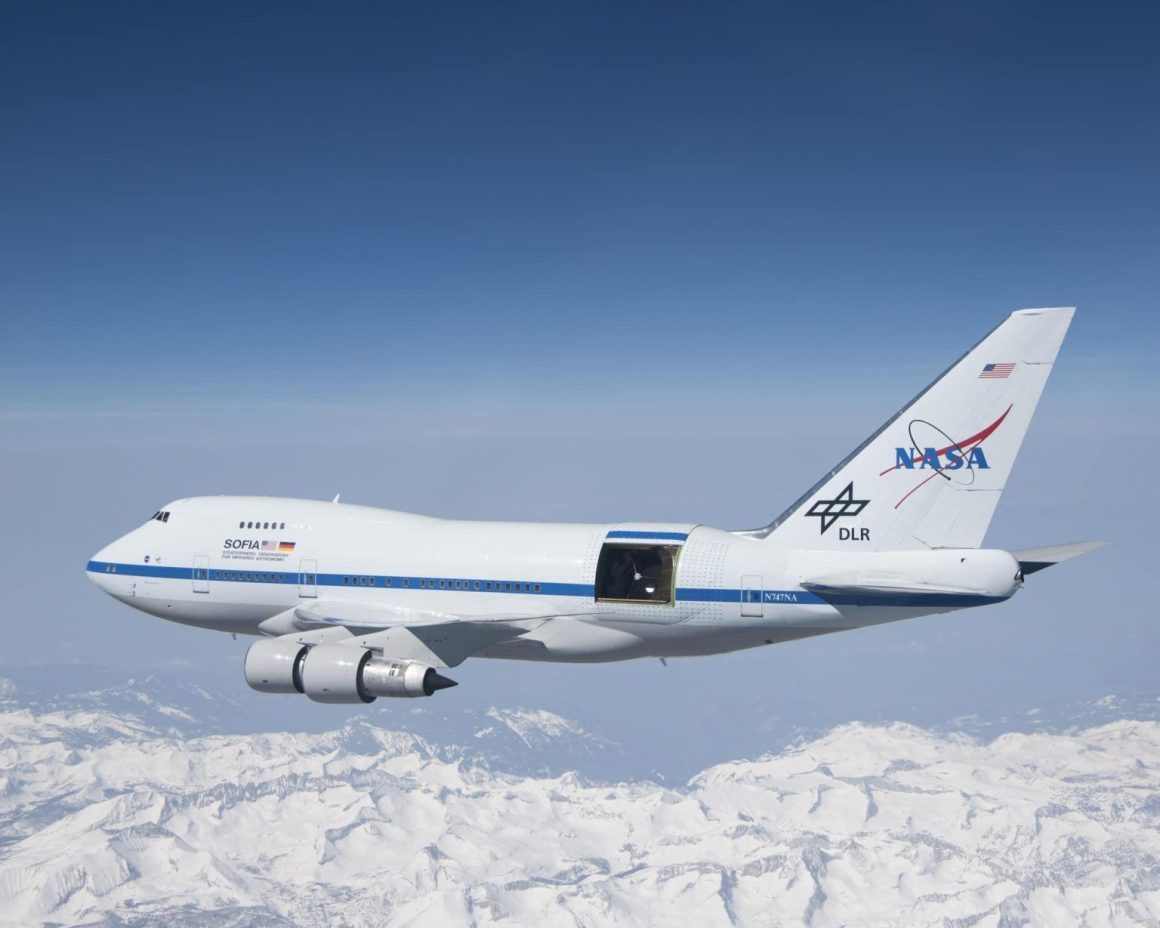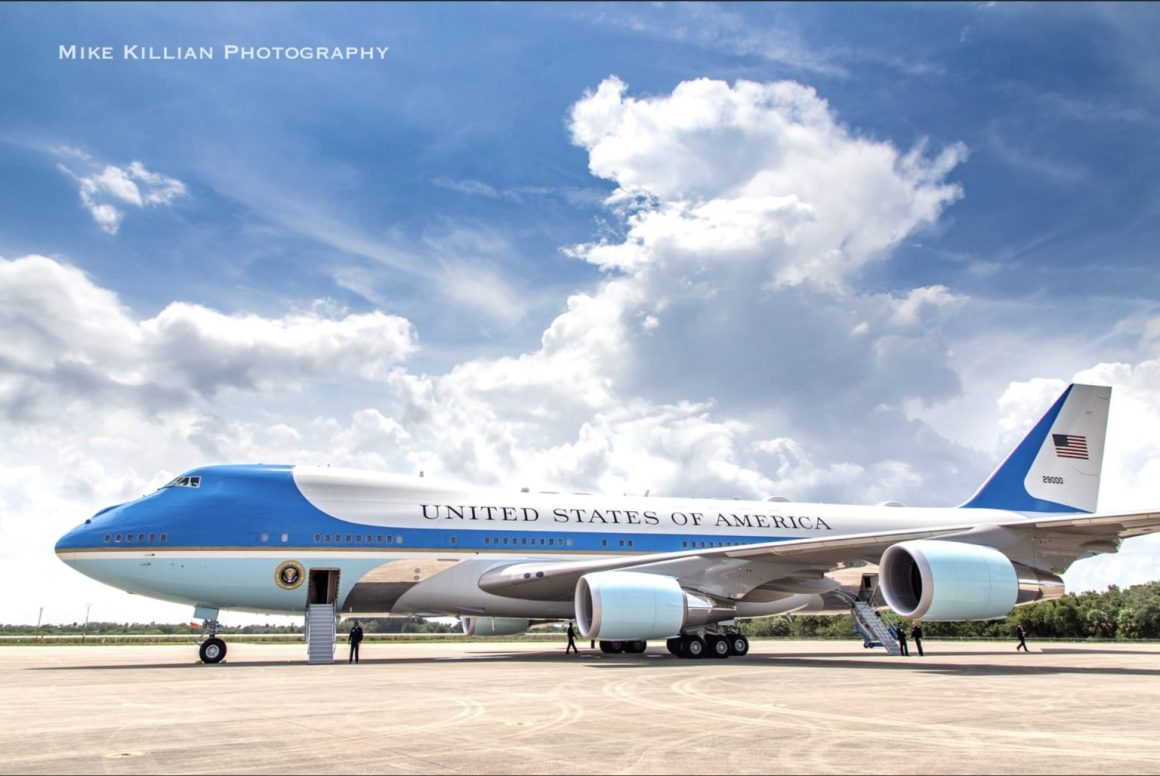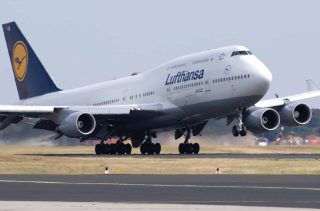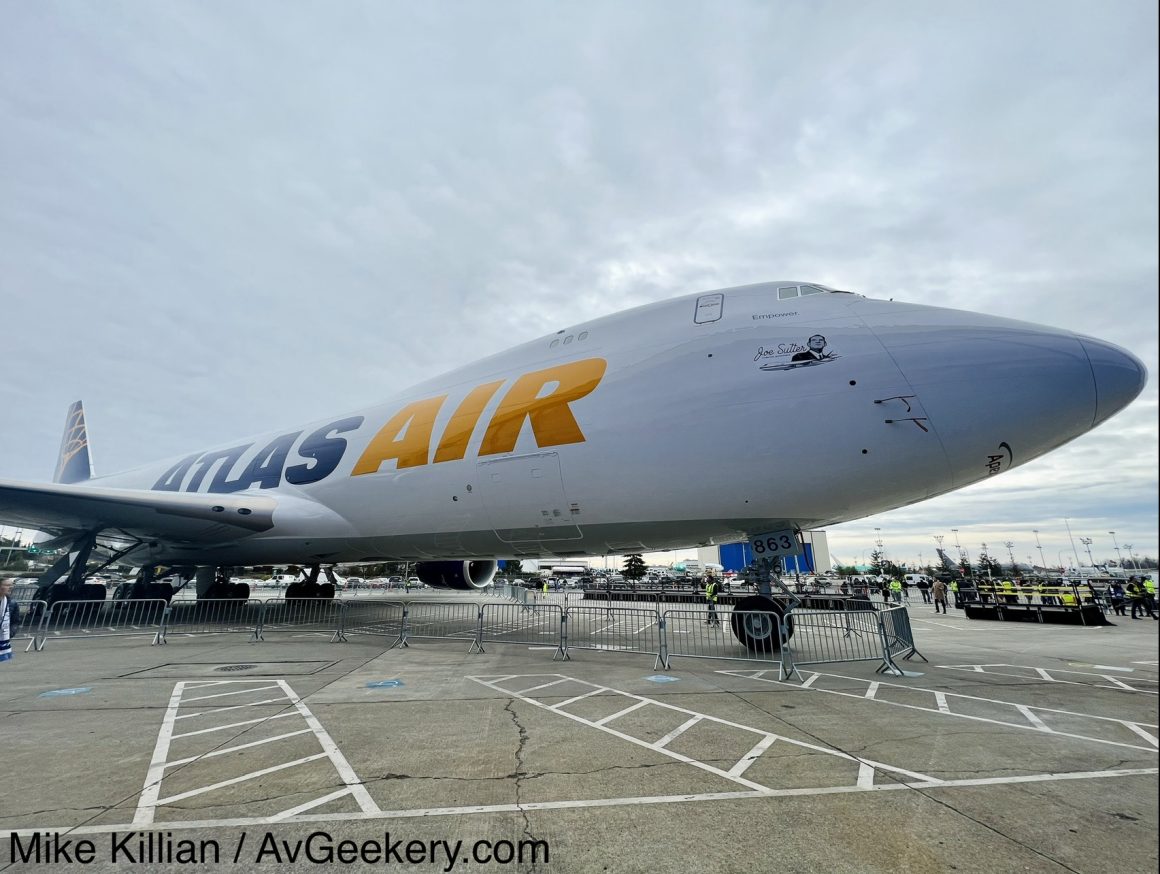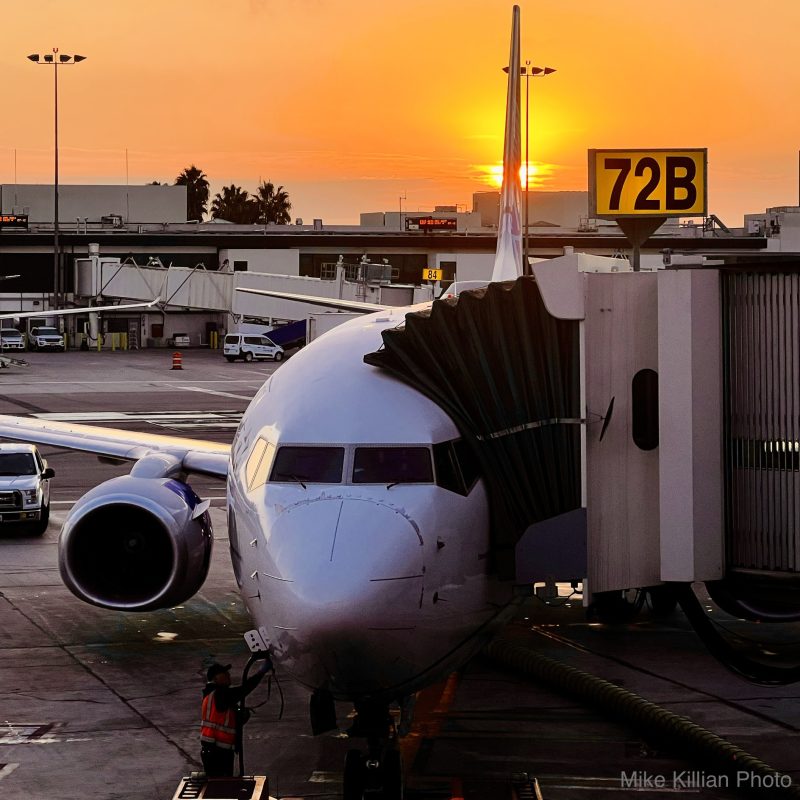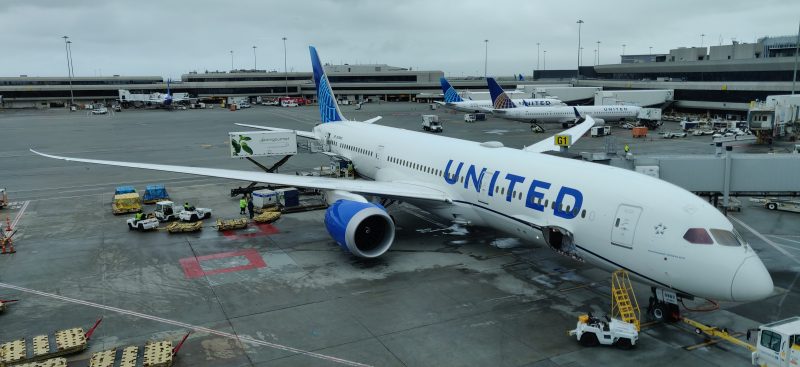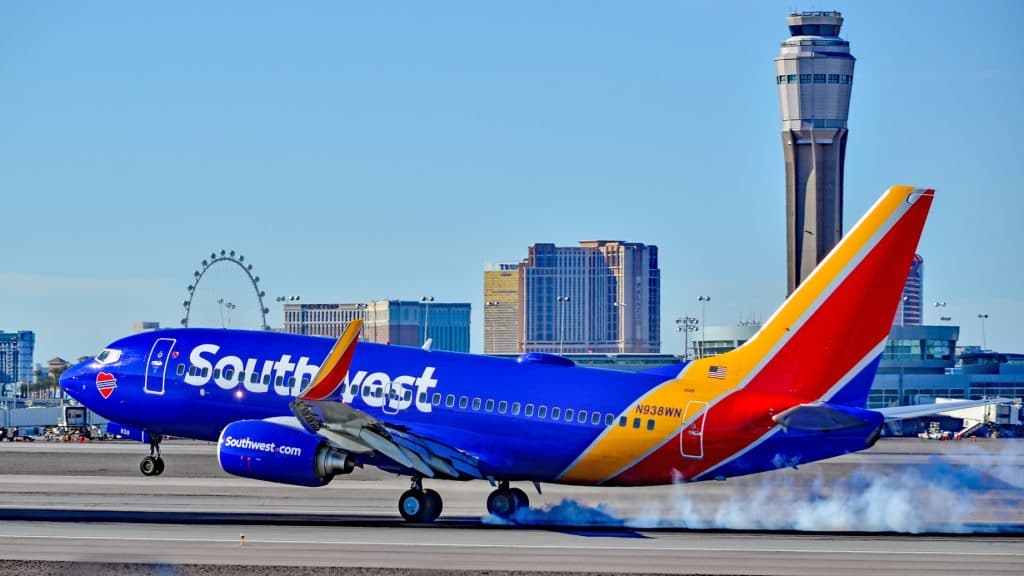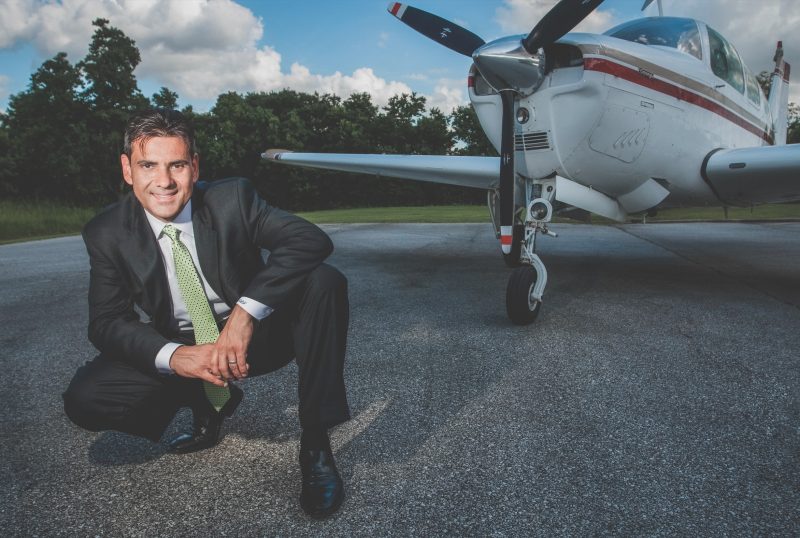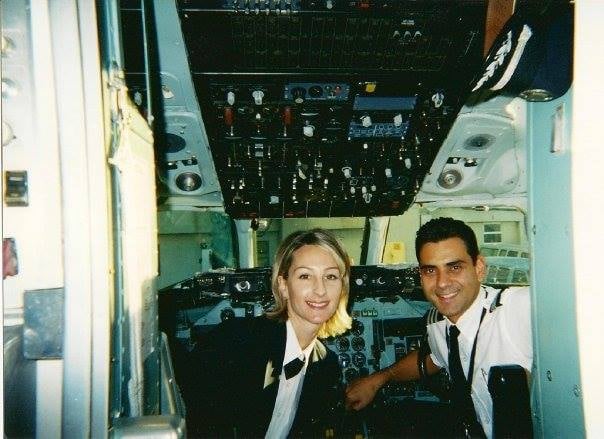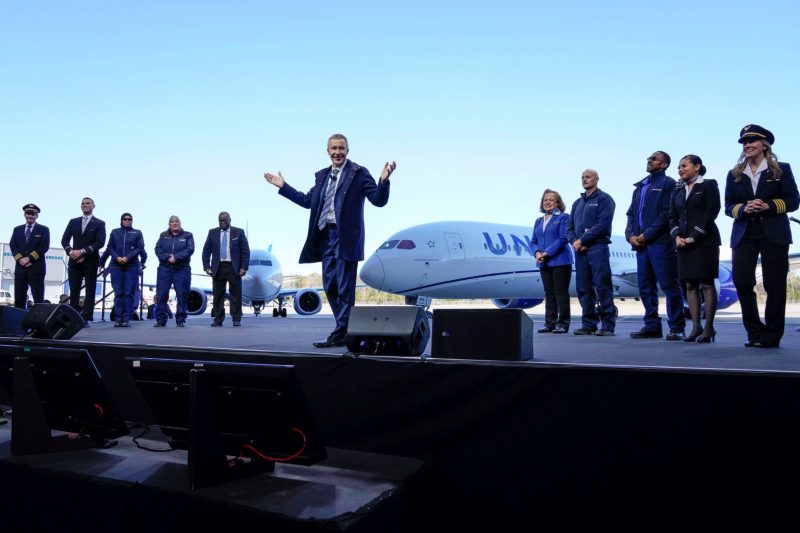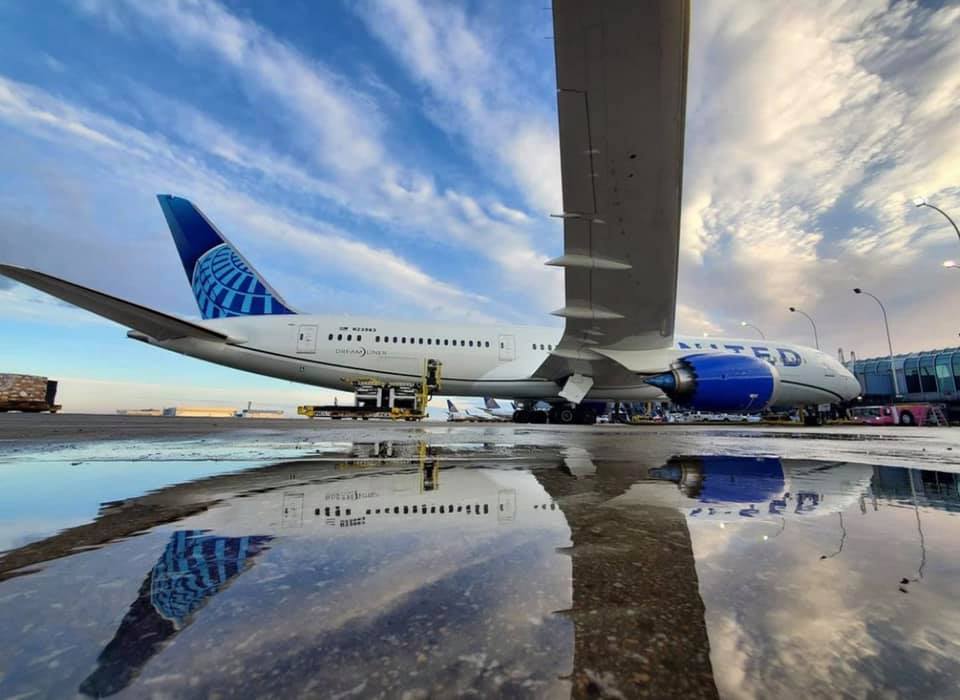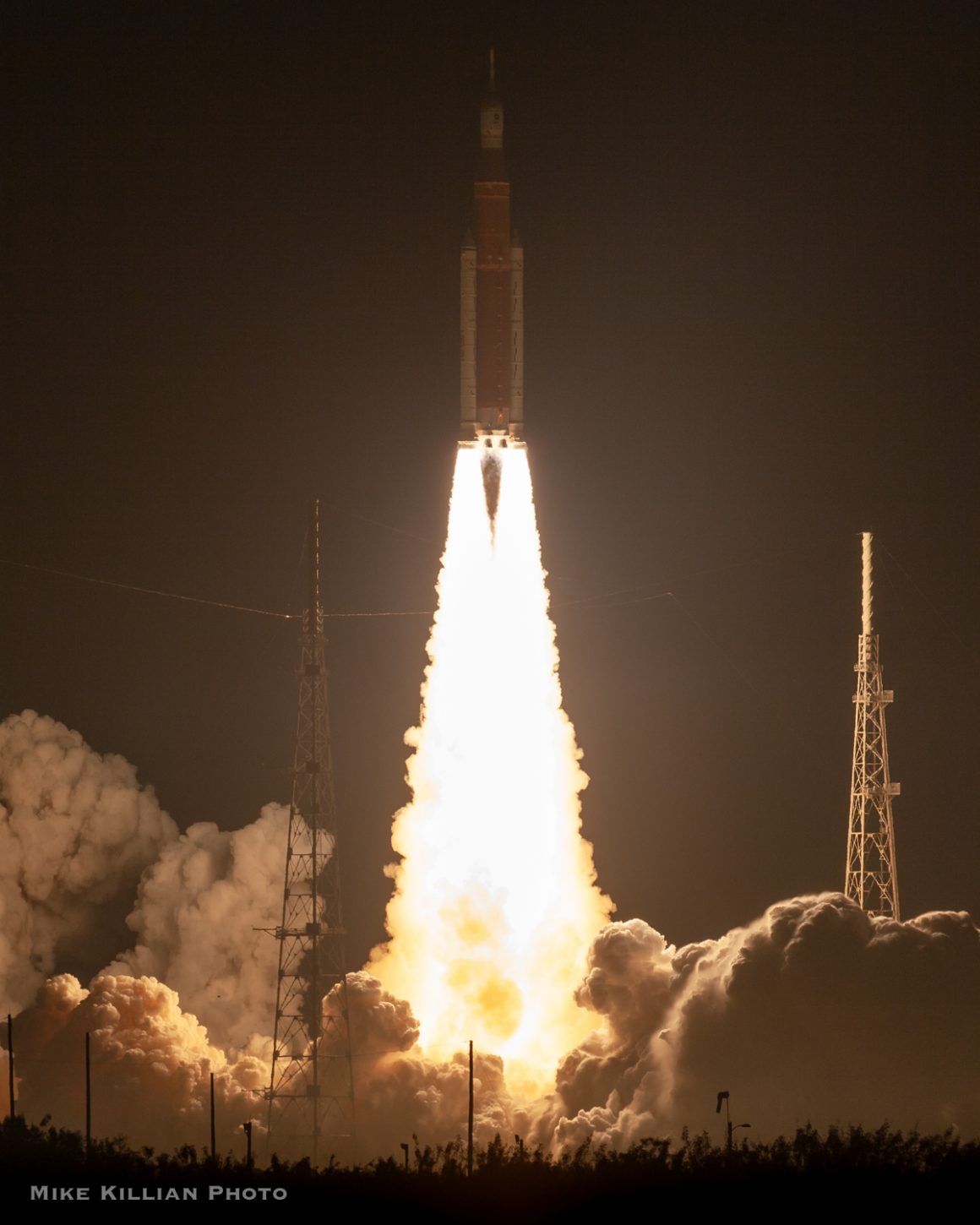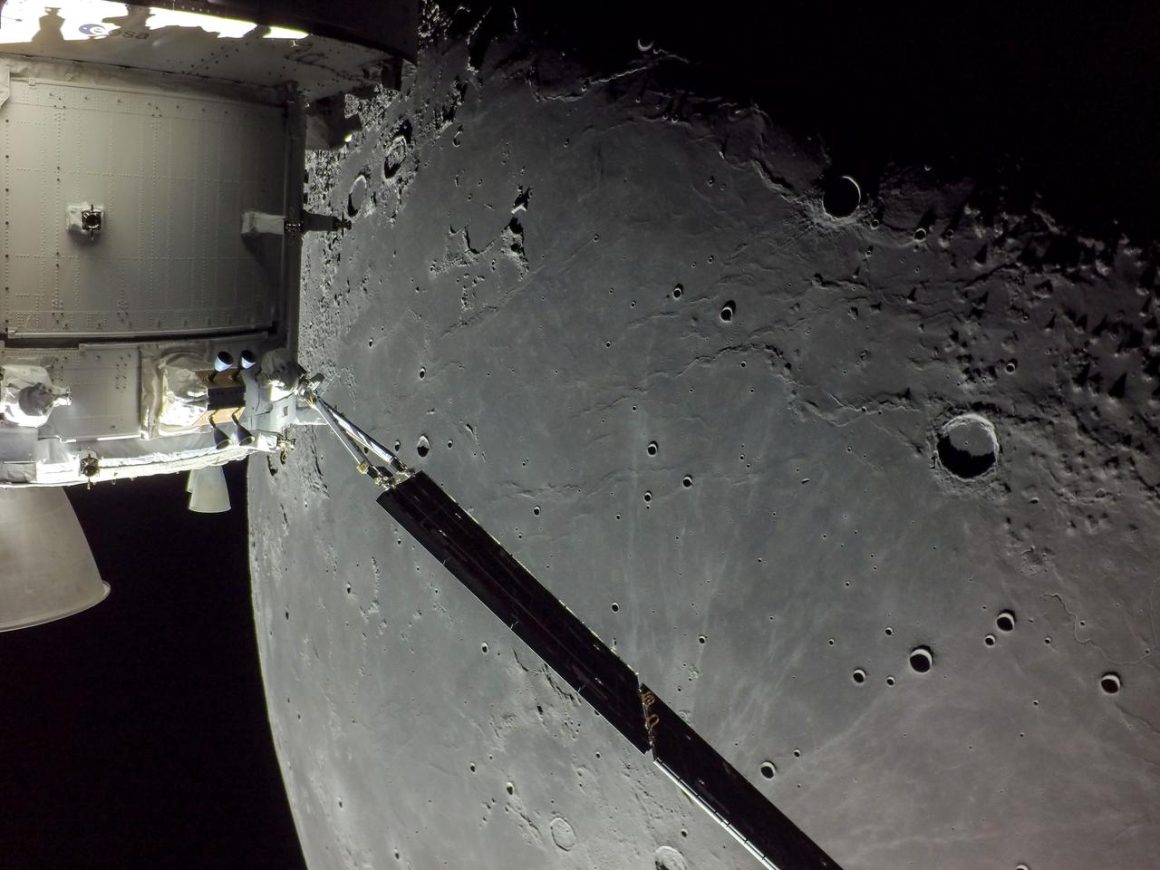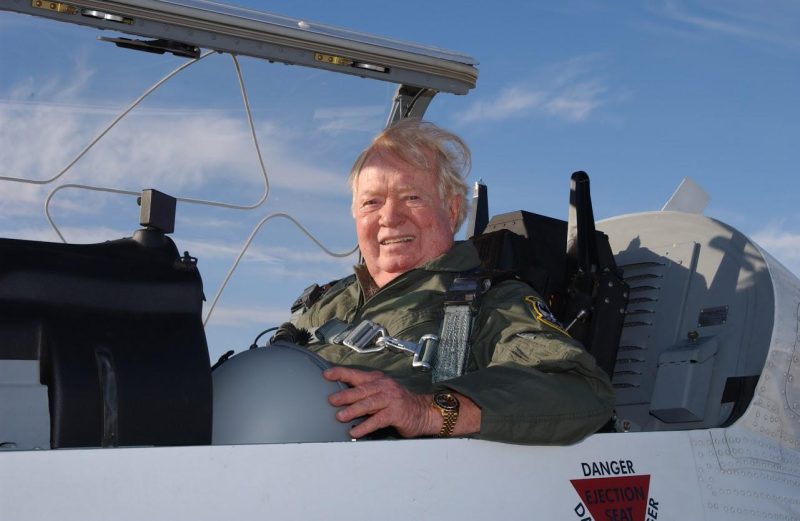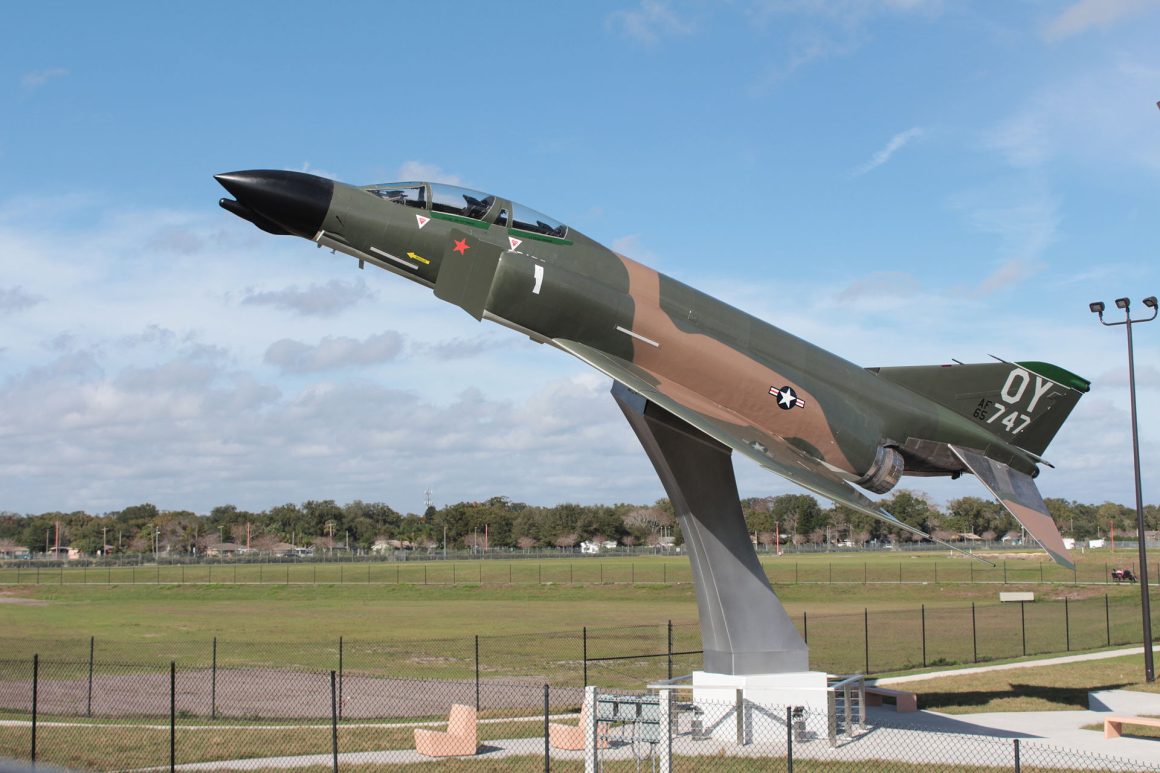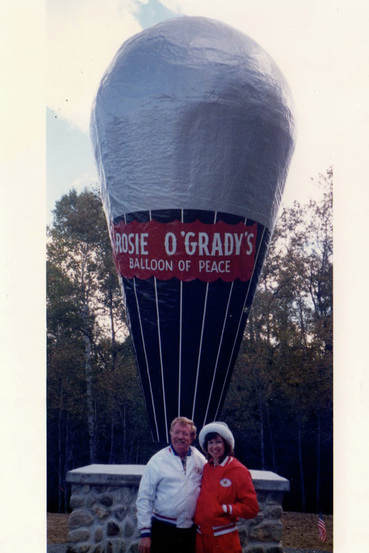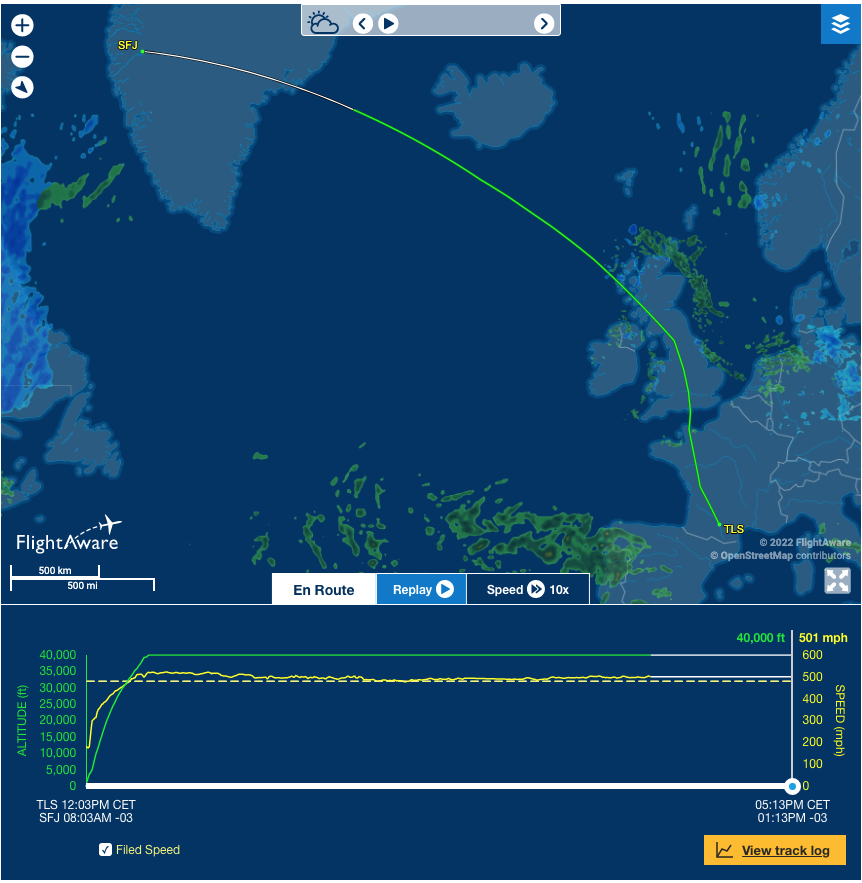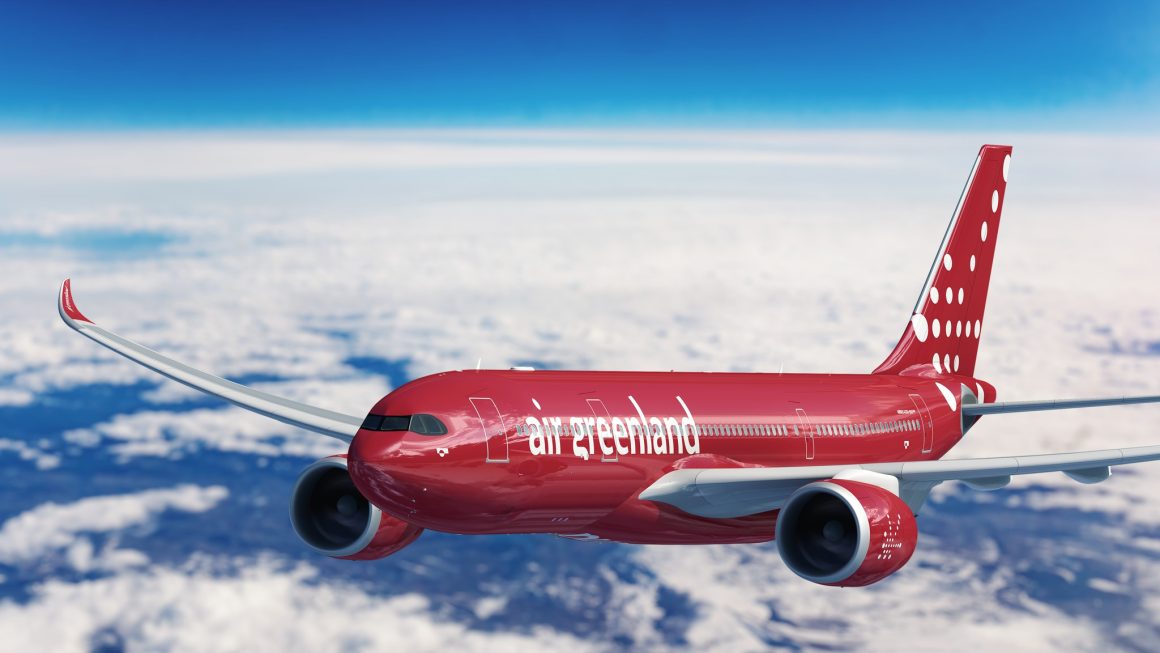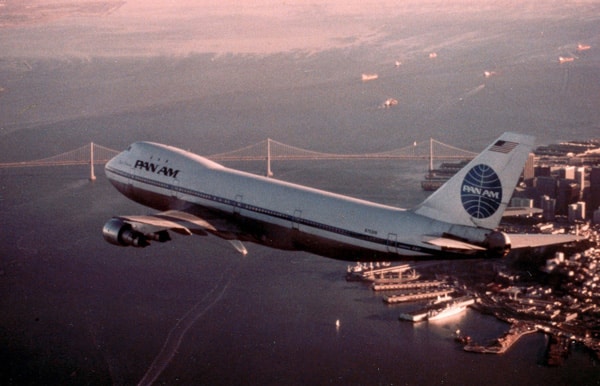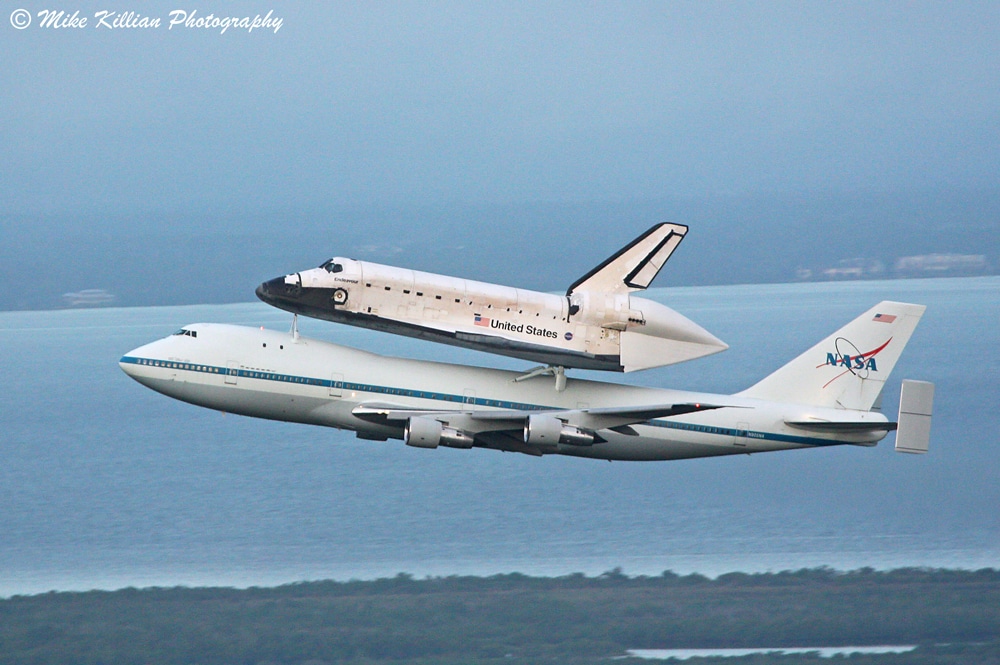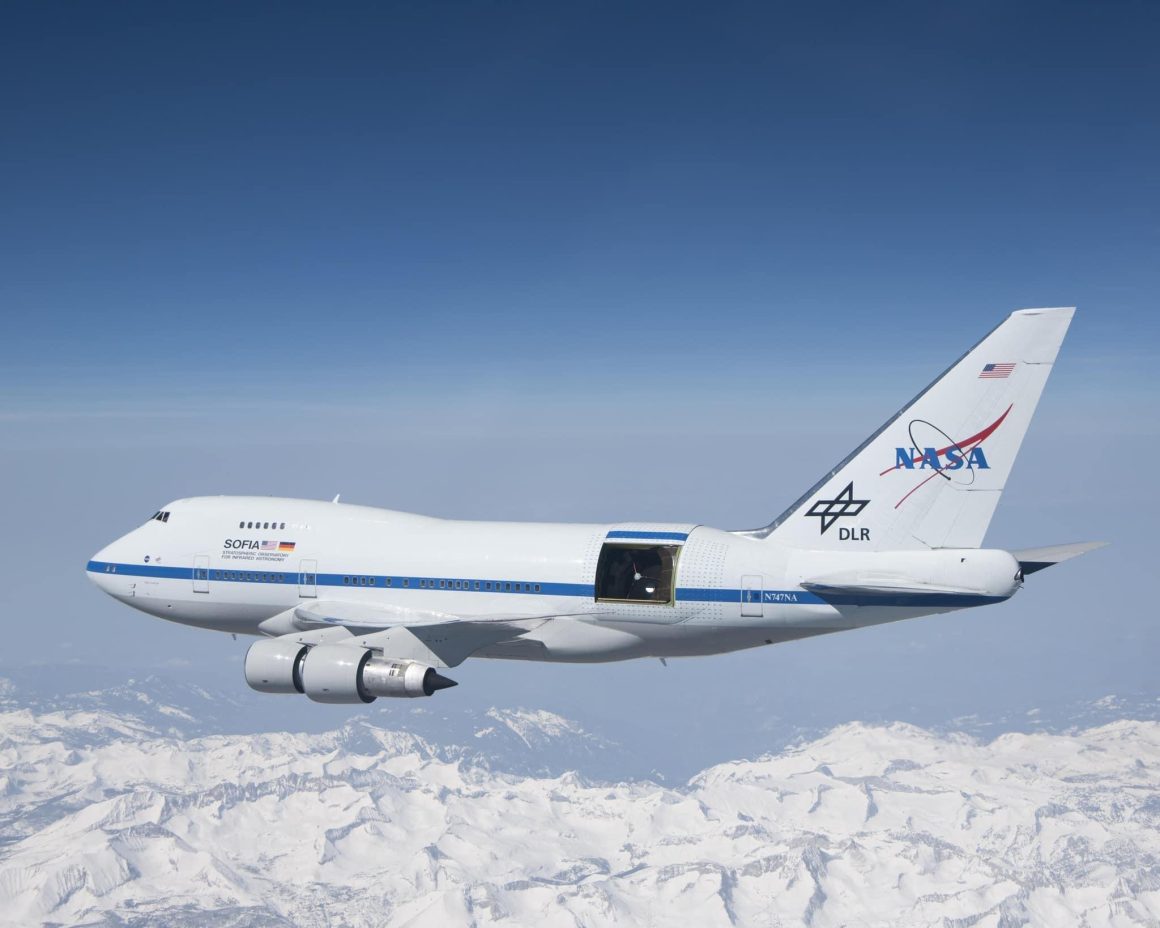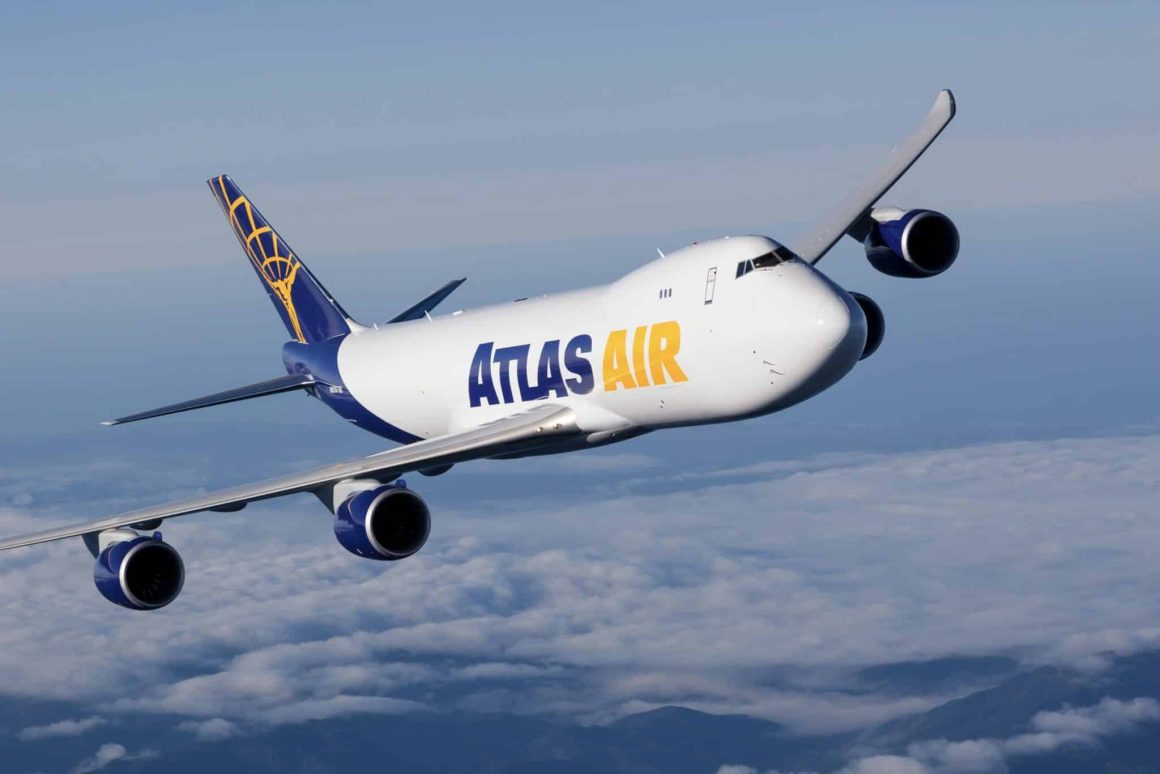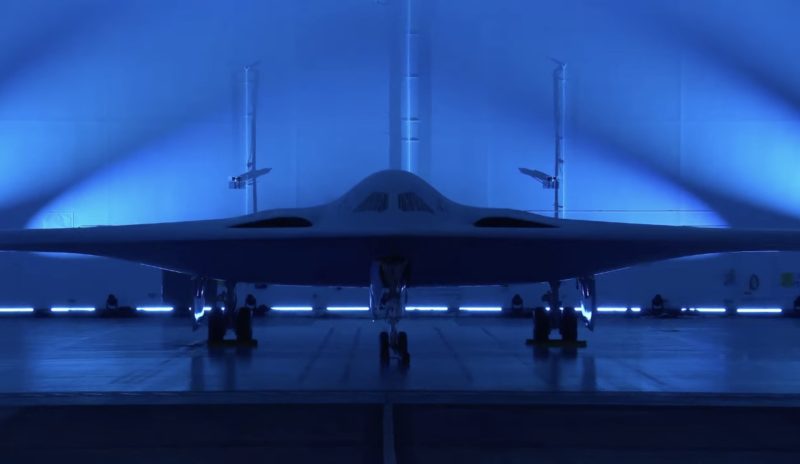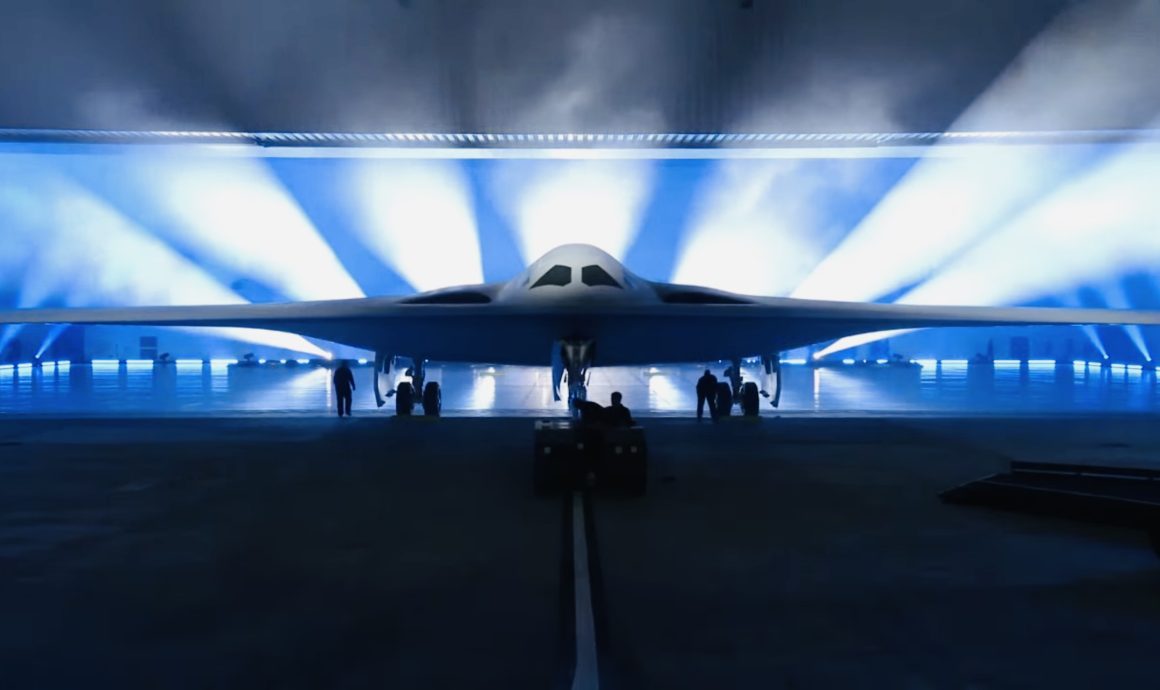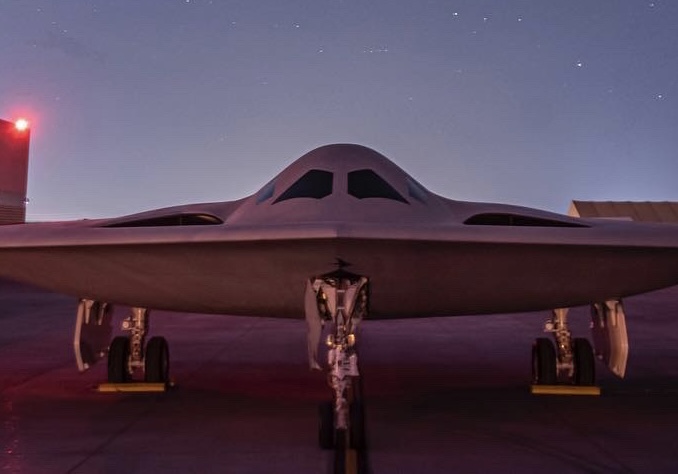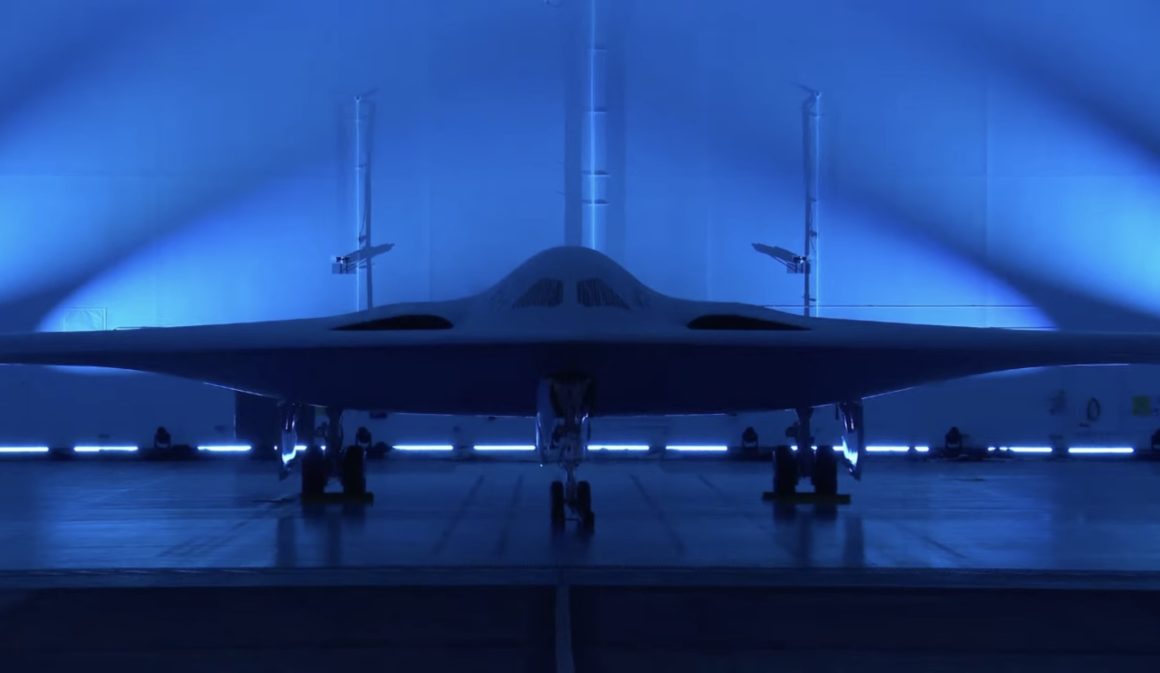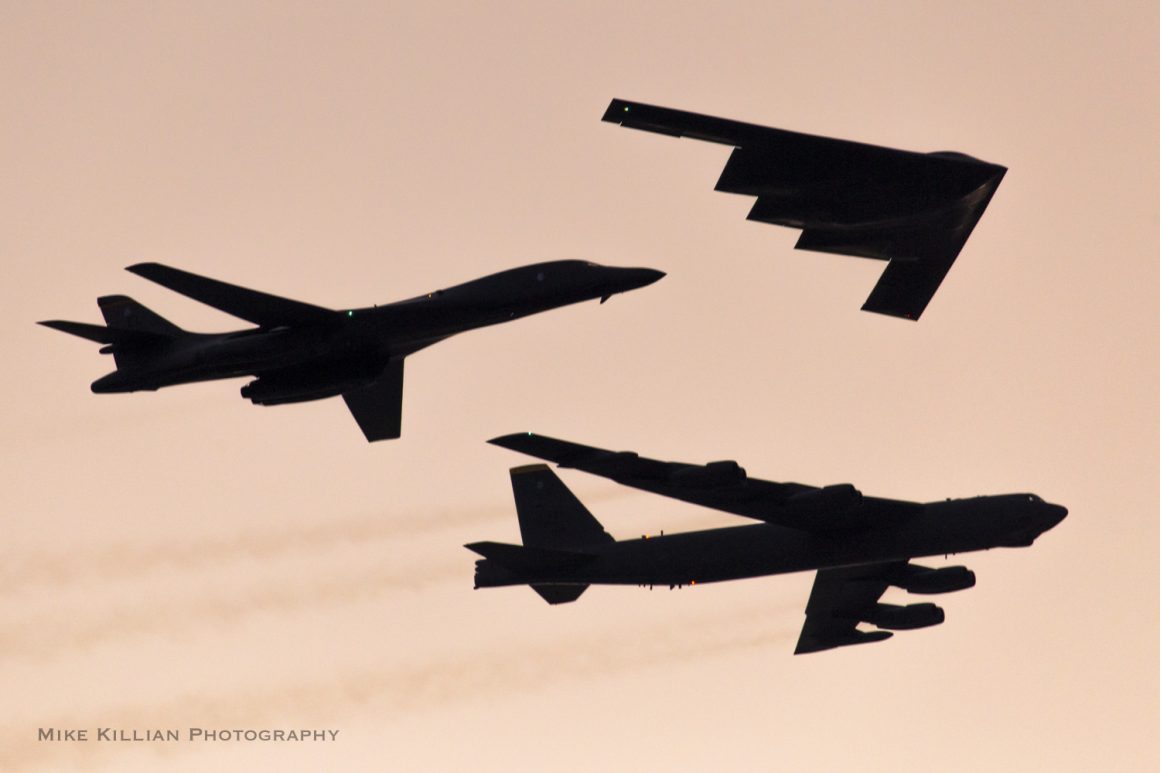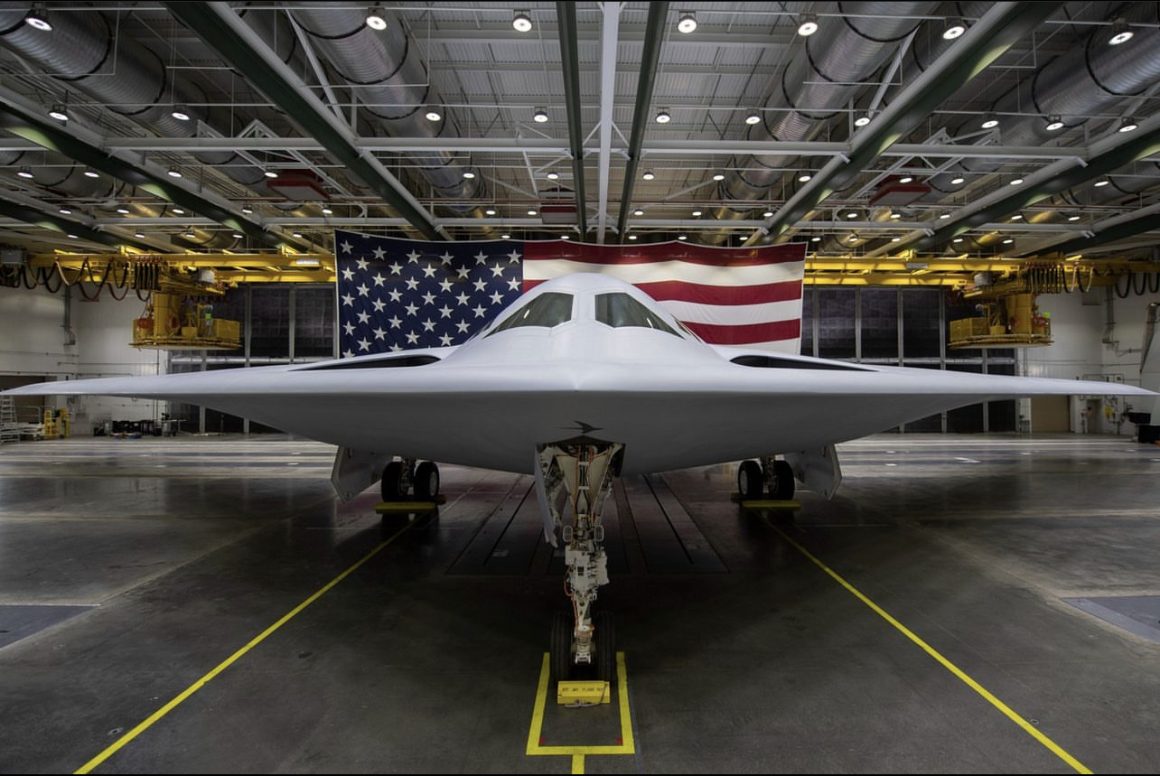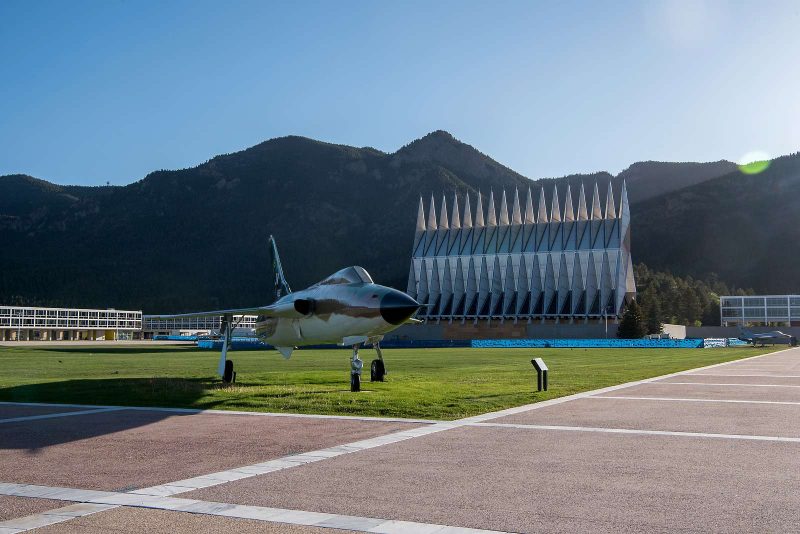I could see it coming.
Looking outside my window at 36,000 feet above the Brazilian countryside, my eyes were fixed on the bank of tall, billowing clouds that were getting closer by the second.
My heart began to race as I saw a couple of flashes of lightning in the clouds ahead of us.
A couple of bumps began to shake the plane very lightly.
Just then, the captain’s voice came over the PA system.
“Ladies and gentlemen,” he began, “please ensure your seat belts are securely fastened.”
For someone who analyzes every little word, action, and facial expression of a flight crew during a flight, I breathed a momentary sigh of relief since I could not detect any concern in the pilot’s voice.
“Flight attendants, please take your seats immediately,” the pilot added.
With those seven words, I immediately developed a cold sweat and a lump in my throat. After all, in all my flying experiences, it’s never a good thing when the pilots ask the flight attendants to take their seats mid-flight.
The flight attendants had been seated for just a few seconds when the plane entered the cloud bank and began to violently lurch in every direction.
Left, right, up, down…it was like we were riding a roller coaster. Only, I wasn’t lifting my hands in joy as we went down the hills. In fact, I gripped the seat in front of me so tight that I was surprised my fingers weren’t bleeding.
The shaking continued. Flashes of lightning illuminated the cabin of the well-worn VASP Boeing 737-200. Claps of thunder vibrated my seat.
Suddenly, the plane dropped so hard and fast that almost all of the overhead bins flew open, their contents strewn about the cabin like little toys. Everyone on board let out audible gasps and screams.
I could hear food, drinks, and dishes falling in the galley a few rows behind my seat.
I was sure this was the end. There would be no way we could recover from turbulence this bad. Surely the wings have been ripped off of this airplane, I thought to myself.
And then, after what seemed like three hours (in actuality, it was less than 60 seconds) of terror, we emerged from the clouds.
The shaking stopped and the plane leveled out.
Sunshine blasted through the windows into the cabin.
A few seconds later, the fasten seatbelt sign was turned off and the flight attendants cleaned up the cabin, closed the overhead bins, and continued their food and drink service as if nothing had happened.
For Nervous Fliers, Aerophobia Is a Very Real Issue
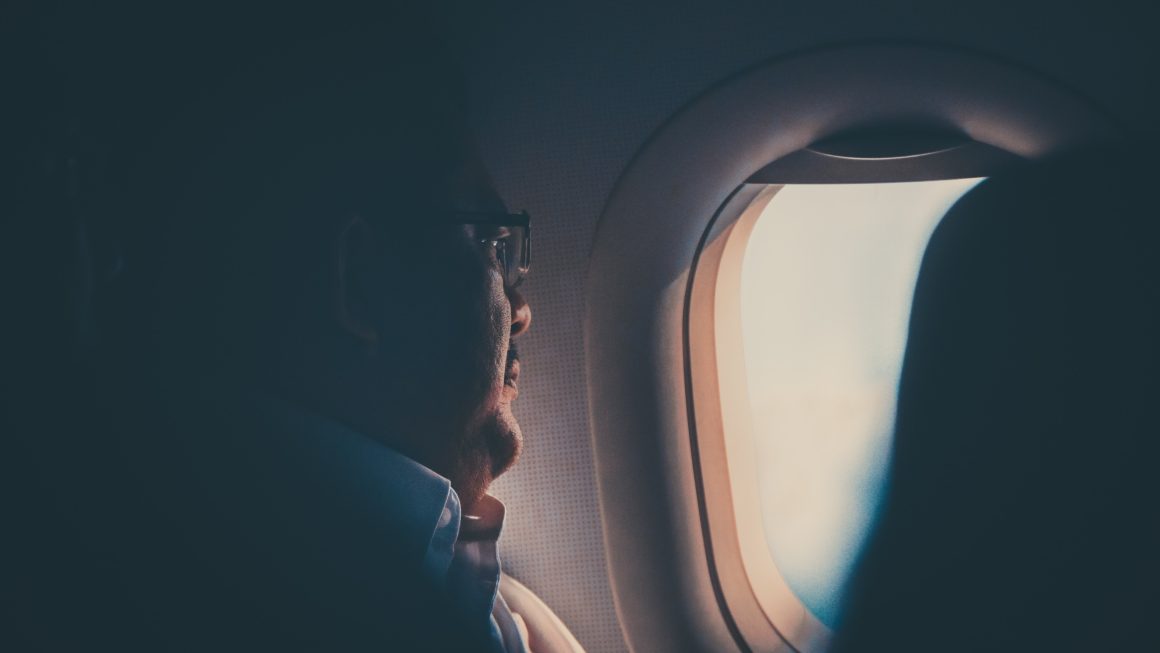
To most people on board that plane, that’s exactly what did happen.
But for some – like me – this incident took what was a slight anxiety about flying into a full-fledged fear. Paralysis, even.
Although that fateful flight was 24 years ago, I still deal with the effects of that minute of my life every time I fly. Every single time.
In fact, it was years before I was able to even set foot on an airplane again.
It wasn’t until I faced my fear that I could once again entertain the idea of flying.
For me, and more than 25 million other Americans, the fear of flying – or aerophobia – can be very frustrating. For some, it goes beyond frustration and can actually become utterly paralyzing.
Those who face extreme aerophobia do everything in their power to avoid having to fly for business or leisure. This affects their quality of life and can even affect their job, depending on how much travel it requires.
As an avid traveler, I decided I no longer wanted this fear to keep me from doing what I love.
Here are five ways that have helped me fly again with confidence.
1. Know Before You Go
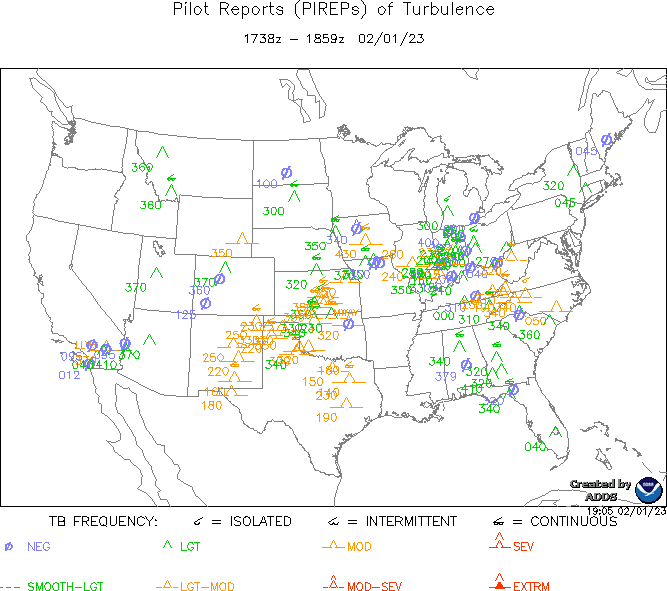
If you’re anything like me, the prospect of even a little bit of turbulence while flying is enough to send shudders through your body and make nervous fliers seriously consider taking Amtrak or Greyhound instead.
That’s why I spend a few hours before my flight researching flight conditions along my route.
Will there be high winds at my destination? Will thunderstorms affect my departure? What about clear air turbulence while cruising?
A plethora of resources exist online to obtain any type of weather information you desire before your next flight.
- Find out what your route will look like by entering your flight information on a flight tracking website such as flightaware.com. This site will provide you with your flight plan from takeoff to landing, including planned altitude and time en route.
- Check out the turbulence forecast on turbulenceforecast.com. Here, you can see future turbulence forecasts along your route – at any altitude – and even get real-time pilot reports (PIREPS) of turbulence.
- Get a free, personalized turbulence outlook specific to your flight via turbli.com.
- Get the forecast for your departure, connecting, and destination cities via the National Weather Service at weather.gov. And, if you want to get technical, explore their aviation weather forecasting tools here. For international flights, most countries have similar services available through their government weather bureau websites.
- Check current and future radars via your favorite weather app right before departure time. Then, when you notice you’re flying straight toward a towering line of cumulonimbus clouds, you won’t be caught off guard. You’ll be expecting them.
Imagine being empowered with the knowledge of expected weather problems and turbulence forecasts before you board your flight.
Being mentally prepared for what lies ahead is an invaluable tool to help calm the nerves of nervous fliers when they step on board their next flight.
2. You’re Safe, and You Know It
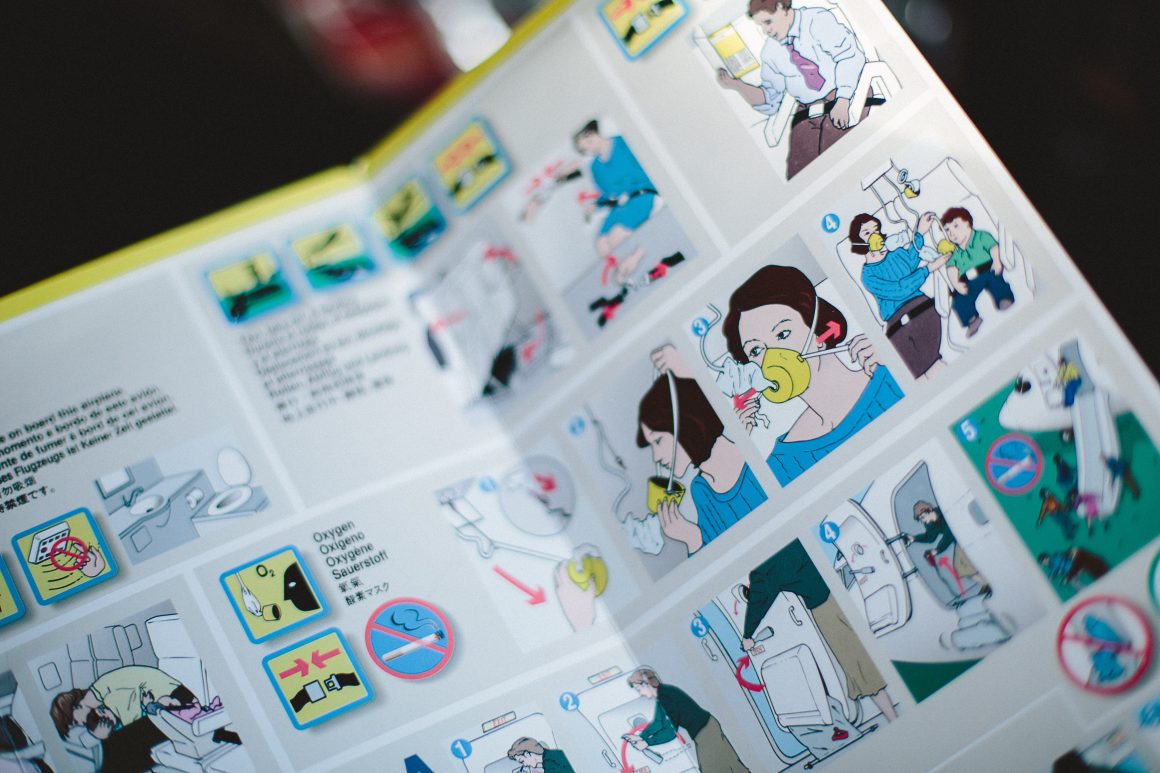
I’m pretty sure humans weren’t meant to hurl through the sky at hundreds of miles per hour nearly eight miles above the earth.
But here we are.
And while that may seem like the stuff of science fiction, even in our modern age, it is worth noting that flying is – by far – the safest mode of transportation.
I mean, just in the hour I have been writing this piece, roughly 831 car accidents occurred within the United States. That’s nearly 20,000 accidents per day.
On average, 102 people die every day in car accidents in the United States, according to the National Highway Traffic Safety Administration (NHTSA).
Compare that to the tens of thousands of flights covering millions upon millions of miles that were safely completed today alone.
Nervous fliers should also take solace in the fact that nearly 22 million jet flights were completed globally in 2021. Out of those 22 million flights, only one accident led to the loss of life.
The last time anyone died in a commercial airline crash in the United States was in 2009.
Statistically, the data is crystal clear. Flying is incredibly safe.
Before your next flight, take some time to remind yourself of that.
3. Remove Stressors

Flying is already stressful enough, even for those who aren’t nervous fliers.
Crowds. Security checkpoints. Children crying. People running. Emotions flaring. Airports are not exactly havens of zen and relaxation.
That’s why I recommend eliminating as many controllable stressors as possible ahead of your flight.
- Choose your seat assignment as soon as you can to ensure you get the best seat for your needs. Do you like the roominess of an aisle seat? Do you need to look out the window at all times (like I do) to know exactly what’s going on? Do you fear the dreaded middle seat? Avoid the worry and pick your seat early, even if you have to pay for it. You can even check to see if there are any available upgrades to snag a more comfortable seat in premium economy or first class. If you care about where you will sit on your flight, don’t show up to the airport without a seat assignment. That just creates unnecessary stress for nervous fliers.
- PRO TIP: Check out seatguru.com, where you can find out precisely what your flight’s seating arrangement will look like and even get tips and reviews from other fliers as to what the best seats are.
- Check in to your flight from home. Most airlines will let you check in up to 24 hours in advance. Print out your boarding pass(es) or download them to your phone.
- Research luggage fees for your airline ahead of time, and pay for checked luggage and/or carryons from home before you leave for the airport. Learning about an unexpected expense in the middle of an already high-stress situation is less than ideal.
- Give yourself plenty of time. The last thing a nervous flier needs to be doing before a flight is running around the airport freaking out about the possibility of missing their flight. So what if you arrive at your gate an hour early. Use that hour to breathe, relax, and find your zen.
Let’s face it: air travel in 2023 is not fun. Even the most seasoned of travelers dread the stress of airport life.
For nervous fliers, removing unnecessary stressors will help keep anxiety and fear in check.
4. Be Kind to Your Body

What you put into your body before and during your flight can wreak havoc on your already frayed nerves and crippling anxiety.
Nervous fliers should avoid caffeine, drugs, alcohol, and anything with high sugar and/or sodium content. Any substance that is designed to cause a bodily reaction is a bad idea when you’re stressed out and anxious.
I even go so far as to recommend that you refrain from eating before your flight, especially if you have a sensitive stomach.
You may be tempted by the countless (and delicious) dining options in today’s modern airports, but it is my recommendation that you just hold off until you get to your destination. Believe me – it’s safer that way.
Remember to pack a protein bar or two if you do end up getting hungry. It’s also important to stay hydrated, so don’t forget to buy that $10 bottle of water (post security, of course).
5. Medication and Therapy
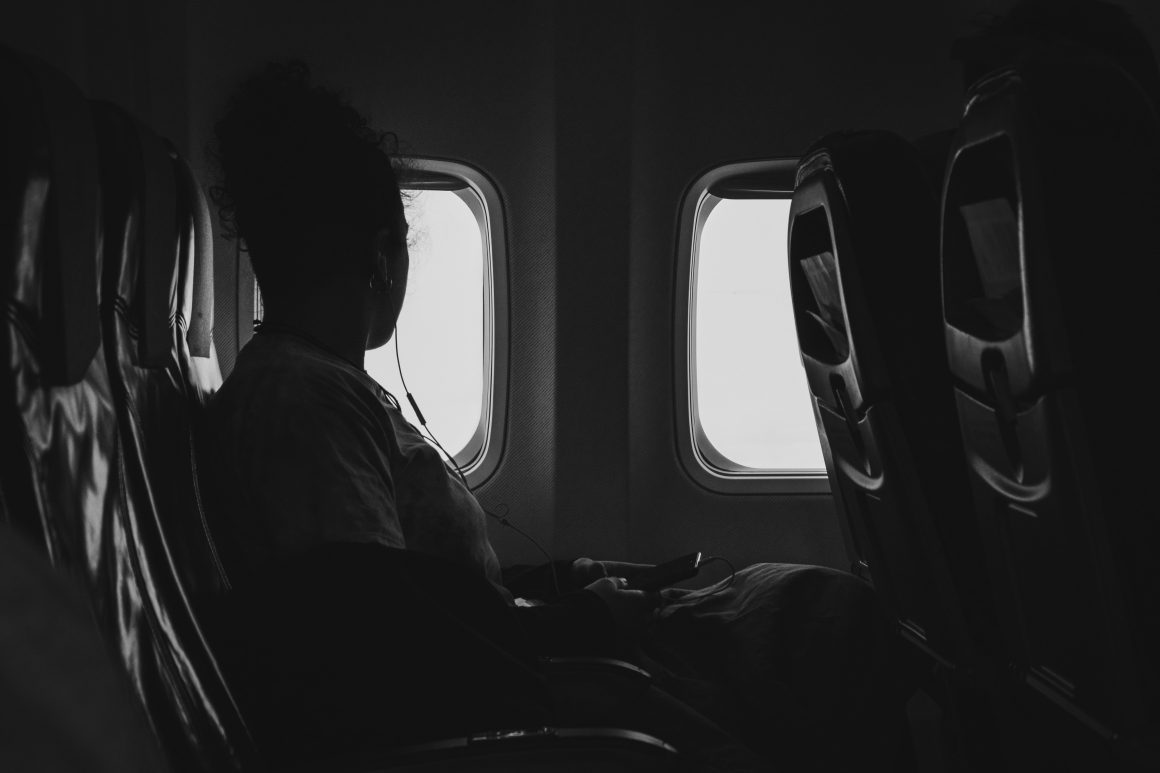
When I tell people that I am a nervous flier, the first thing they usually suggest is medication.
At first, I tried that.
I tried sleeping pills. My doctor has even prescribed Valium to me in the past.
While those solutions may work for some people, they did not work for me. The only thing they did was make me more nervous, anxious, AND incredibly groggy.
For someone like me, who has a less than zero percent chance of EVER falling asleep on an airplane, I have found it best to stay away from medicating myself before a flight. It just makes me feel gross.
If you want to dive into the science and attack the source of the problem, perhaps you may consider psychotherapy.
Therapists treat aerophobia in a variety of different ways, including cognitive behavioral therapy (CBT) and exposure therapy.
If the fear of flying is truly paralyzing, talk to your health care provider about one of these options. But be aware that while some people may experience success with treatment, your aerophobia may not ever be completely cured.
I tell you that from firsthand experience.
The Destination Is Worth It

Everything I mentioned today is something I have personally experienced.
I long for the days when I could fly without a feeling of dread. But one terrifying experience took that possibility away from me many years ago.
I let that experience keep me from my love of flying and traveling for four years. It derailed my lifelong dream of becoming an airline pilot.
But I refused to let it define me. Much like getting back on the proverbial horse after falling, I decided to face my fears and begin flying again.
It wasn’t easy.
I have accepted that it may never be easy for me again.
But I have found things that soothe my nerves and anxiety when I fly, and I encourage you to try them too. They may not be perfect solutions, but I can honestly say that my fear no longer paralyzes me.
Something powerful happens when you control your fear rather than letting your fear control you. And while that fear may still be there, it no longer reigns supreme.
That is my sincere hope for you.
I wish you much success in your journey to an aerophobia-free life.
The destination is worth it.


